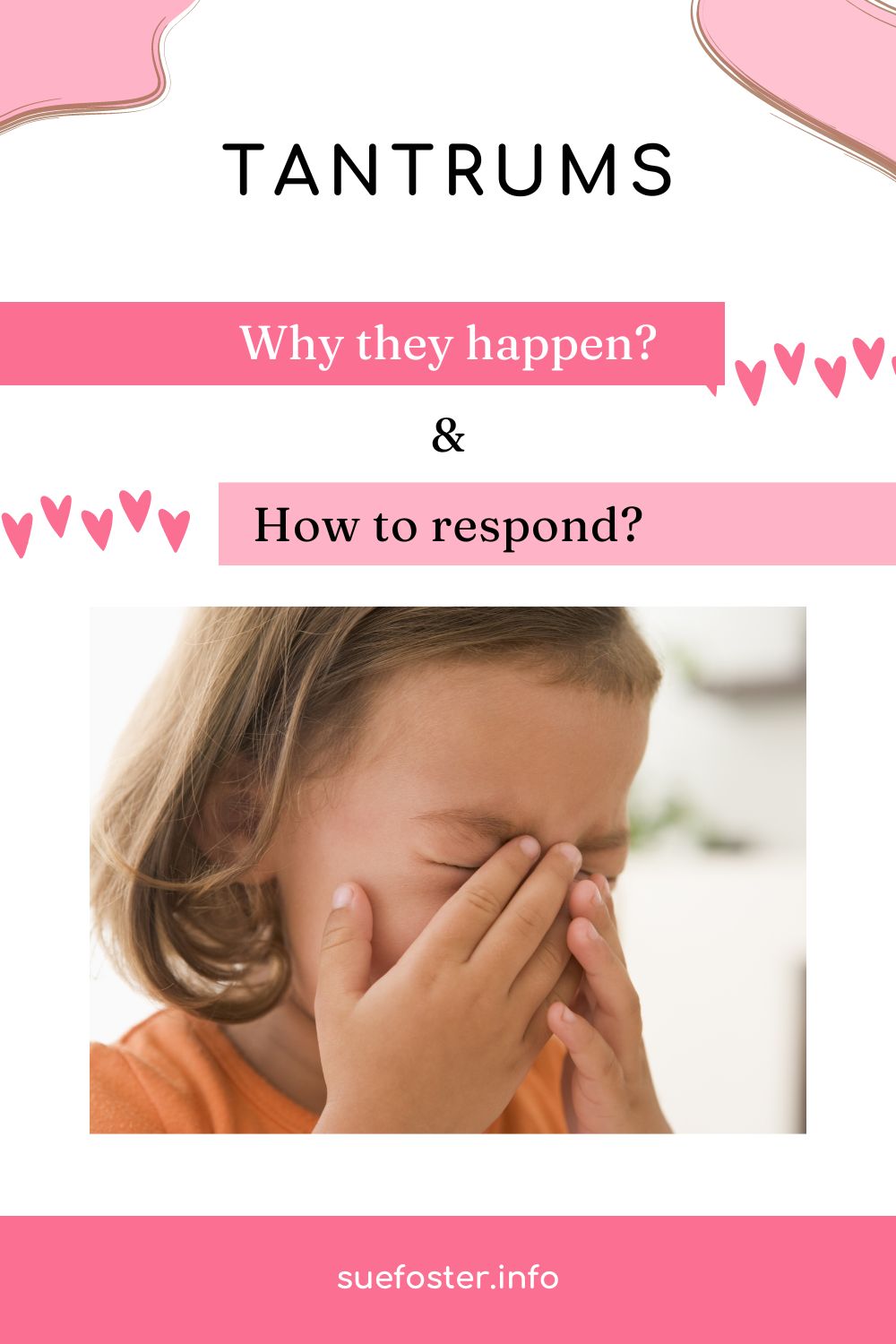It may as well be a scene from a horror movie: Your toddler is splayed on the supermarket floor, red-faced, shrieking, sobbing, and kicking, as other shoppers stare disapprovingly. You may be resigned to accepting tantrums as storms that you must simply hunker down and endure until they pass.
Luckily, you don’t have to be at the mercy of these meltdowns. Here are seven ways to handle your child’s temper tantrums to restore peace.

Don’t Bribe Your Child
Let’s say you bribe your child with a biscuit to entice them to calm down. They may keep throwing tantrums because they know that every time they do, they get a treat. This may stop the screaming in the short term, but you’re only setting yourself up for trouble in the long term by instilling a conditioned response. By caving, you’re giving your toddler control.
Choose Your Battles
Don’t sweat the small stuff. If letting your child play for 15 extra minutes before bed will keep them content, then that minor concession is worth avoiding a half-hour-long freakout.
Don’t Scream at Your Child
You’re not going to accomplish anything if the two of you are screaming at each other. Don’t threaten or argue. If anything, their tantrum will only escalate. In addition, your unhinged behaviour might become something they model in the future as the way to handle conflicts.
Don’t Give In
If your child is simply fishing for attention by throwing a tantrum, don’t relent. Withhold attention, instead. Even if you have to drag them, shrieking, through the store, ignore them. This may sound daunting when people are gawking and your nerves are begging for relief. However, when your child realizes that they can’t provoke a reaction, the outburst will end.
Identify Tantrum Triggers
Your child may be triggered when they’re hungry, tired, or wound up. If you know the physical states that provoke emotional ones, you can avert a tantrum. For instance, if your child starts getting cranky when it’s past nap time, make sure that they’re in bed on schedule.
Don’t Try Reasoning with Your Child
Once your child is engulfed in rampant emotions, it’s impossible to access their rational brain. Talking about feelings or trying to reason with them will be impossible, no matter how hard you try. After they’ve calmed down, you can say such things as “I’m so sorry that you’re unhappy” or “Tell me about how you’re feeling now.”
Offer Alternative Ways to Release Anger
You can show your toddler safe, constructive ways to vent anger by hitting a pillow, tearing paper, or jumping up and down. This will teach them the difference between appropriate and inappropriate ways to handle difficult emotions.
When your child throws a tantrum, it doesn’t mean that they’re bad. They’re merely exhibiting normal behaviour for toddlers who can’t adequately express themselves verbally and can’t regulate their emotions. Following the six suggestions above, you can restore your peace of mind and eliminate being at the mercy of your child’s meltdowns.


